1. Cost of Construction
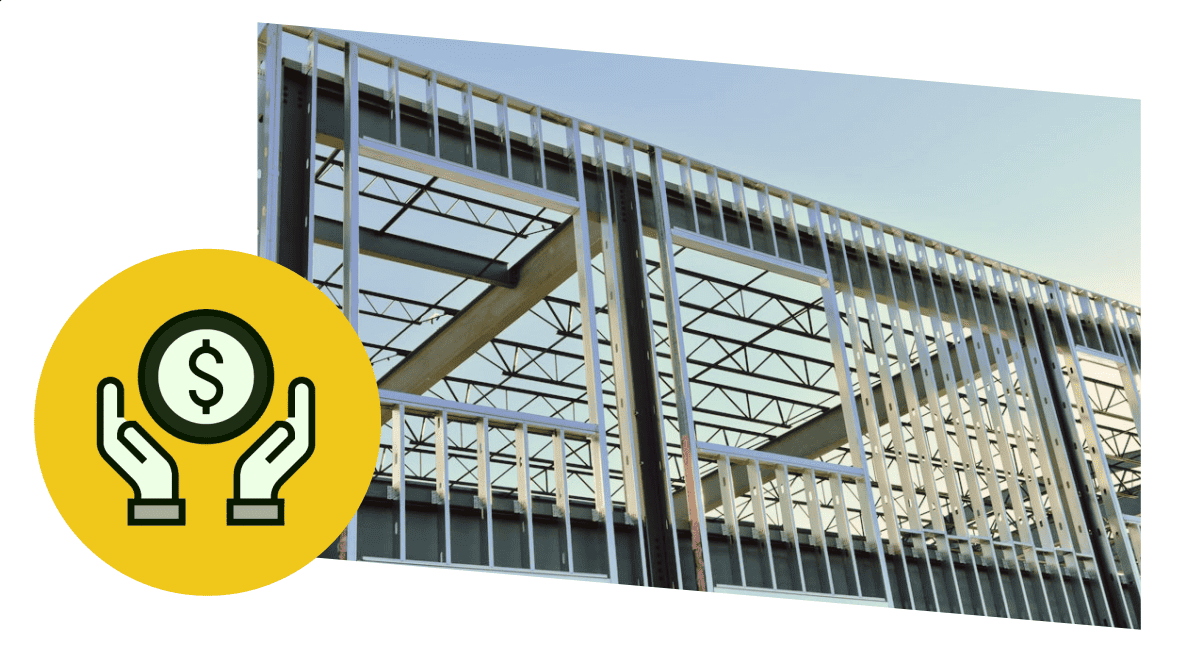
A study says while working with wood, fire safety and its additional security increases the
cost from $6,000 to $10,000 per month while construction.
- Professionals are concerned with overall system construction costs. Steel framing systems are used for cost-effectiveness for buildings and are competitive with other building materials such as concrete and wood with no hidden costs unlike the growing list of site fire safety requirements for combustible framing systems.
- Lumber prices increased rapidly in 2020 due to significant shortages. Studies show that by constructing with steel you can save up to 24% of total cost.
Reference- Build Steel: powered by the Steel Framing Industry Association
https://buildsteel.org/why-steel/economics/10-ways-cold-formed-steel-framing-can-lower-total-construction-costs/
2. Shorter Project Timelines
- Components are fabricated offsite to precise specifications, which cuts down time on the jobsite and reduces delays from weather. Compared to stick-frame construction, panelization is 50 percent faster because of the enhanced efficiency of both the product and the process.
- Prefabricated steel building construction circumvents the constraints of traditional wood construction and significantly speeds up the timeline of the construction process.
- In contrast to the traditional construction process, steel can reduce construction time by 20% to as much as 40%. With prefabricated steel construction, an entire frame can be erected in a few days rather than weeks.
- Panels are manufactured in a factory – under a controlled environment, and mere assembling is done on-site, cutting down the weather delays to a minimum.

Reference- Ecosteel- How Steel Prefab Buildings Increase Speed of Construction
https://ecosteel.com/ecosteelprefab/learn-how-steel-prefab-buildings-increase-speed-of-construction/
3. Lower Construction Financing Cost
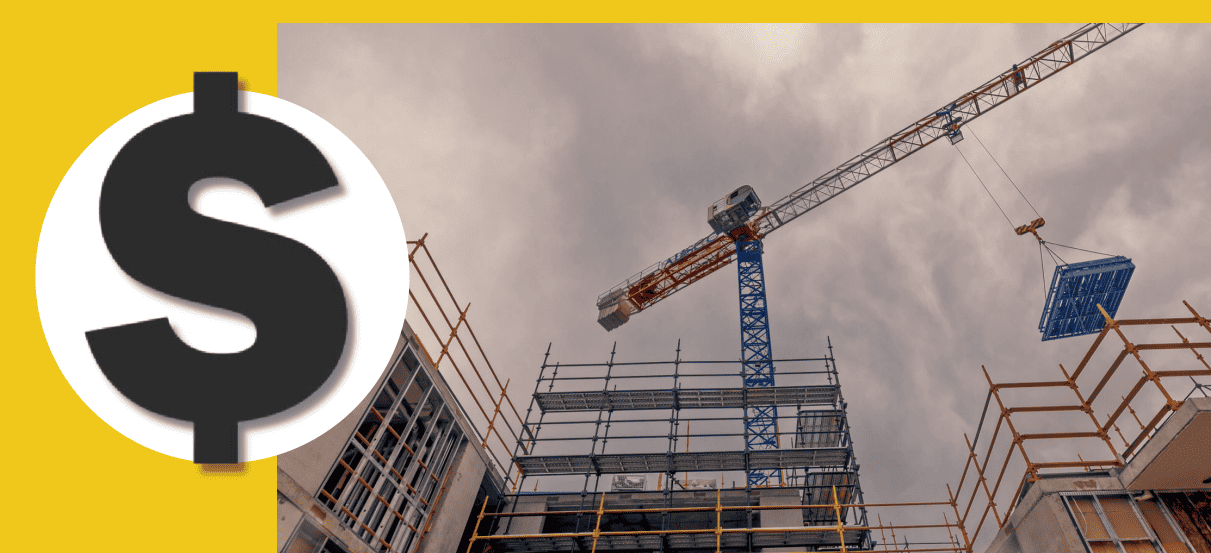
Panelized Construction with Steel cuts the framing / erection duration by as
much as 75%, therefore significantly reducing the construction timelines and
interest costs.
Reference- Build Steel: https://buildsteel.org/why-steel/economics/3-ways-cold-formed-steel-slashes-construction-waste-costs/
4. Higher Quality Building
How is high quality achieved using steel?
Steel panels are custom designed by the engineers and manufactured in the factory, maintaining the desired standards, providing no errors and high-quality
assurance. Because of machine-cut panels we can achieve accurate measurements according to the design, with aesthetically pleasing finish with a wider range of surface finishes.
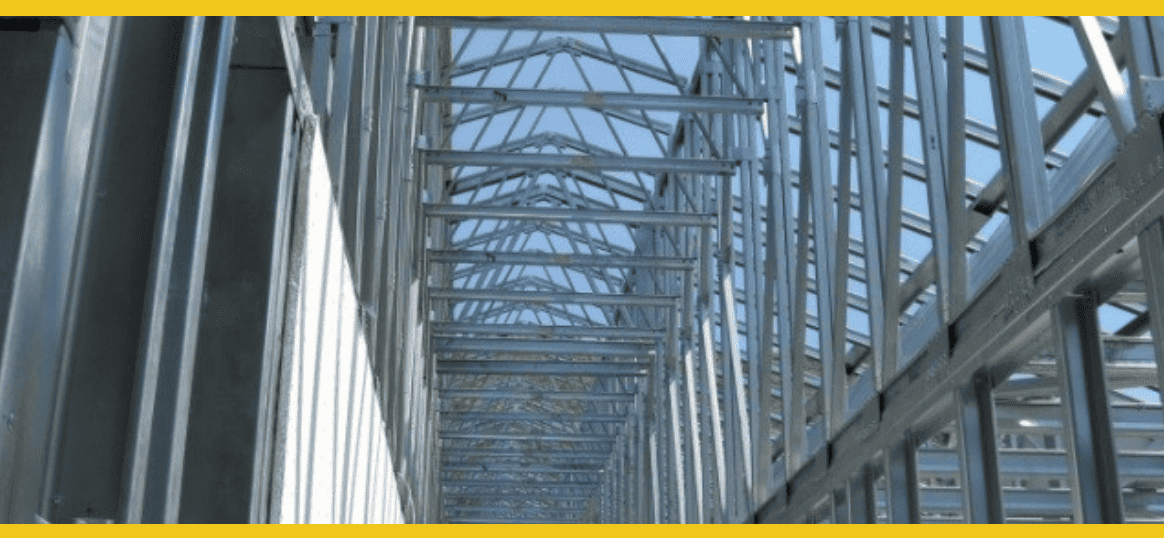
Reference- SBC Magazine: https://www.sbcmag.info/news/2017/may/benefits-panelization-steel-framing-projects
5. Helps in Sustaining Environment
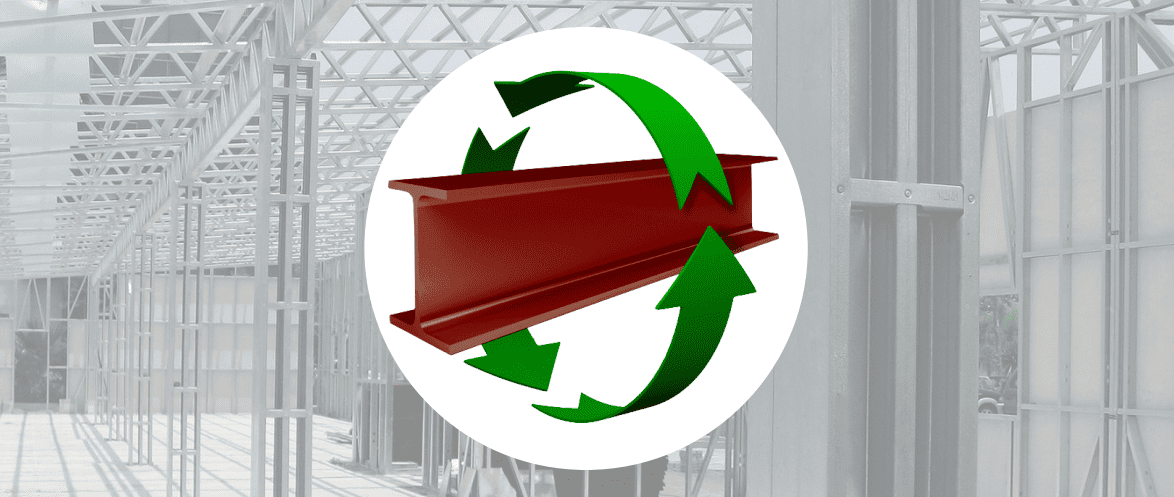
The U.S. Environmental Protection Agency, EPA documents that the North American Steel
industry has reduced greenhouse gas emissions by 47%.
- The Steel Recycling Institute, SRI reports that steel is recycled more than paper, plastic, glass, copper, lead, and aluminum combined.
- The World Steel Association states that the steel industry has reduced energy consumption since the 1970s in the manufacture of steel by 50%. This directly relates to a reduction in greenhouse gas emissions.
Reference- 2021, SFIA Quarterly Market Data and Non-residential Volume Reports for Cold-Formed Steel
https://sfia.memberclicks.net/durability#:~:text=With%20the%20proper%20coating%20and,near%20aggressive%20salt%2Dladen%20waters
6. Highly Durable and Increased Lifespan
- The steel framing system easily adapts to new loading conditions, vertical expansion, and changes in owner requirements, providing for a new life beyond its original design, and further extending its lifespan.
- Steel is made to last longer than many other building materials. As noted by the Steel Framing Industry Association, with the proper coating and construction techniques, the protective barrier over steel will last nearly 700 years, even under extreme conditions such as near aggressive salt-laden waters.
What makes steel buildings last?
Durable and dimensionally-stable steel buildings last a long time because of the comprehensive and tensile strength that protects them from seismic forces, severe winds, and heavy snow or rain.
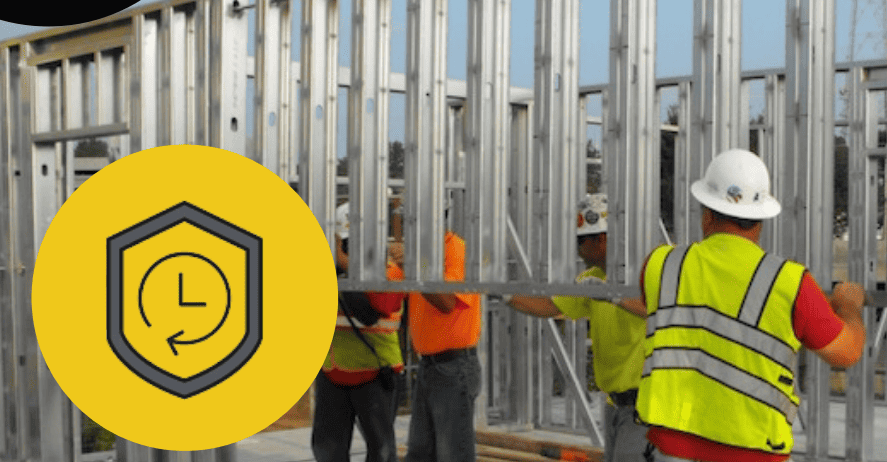
Reference- 2021, SFIA Quarterly Market Data and Non-residential Volume Reports for Cold-Formed Steel
https://sfia.memberclicks.net/durability#:~:text=With%20the%20proper%20coating%20and,near%20aggressive%20salt%2Dladen%20waters.
7. Moisture/ Mold Resistant
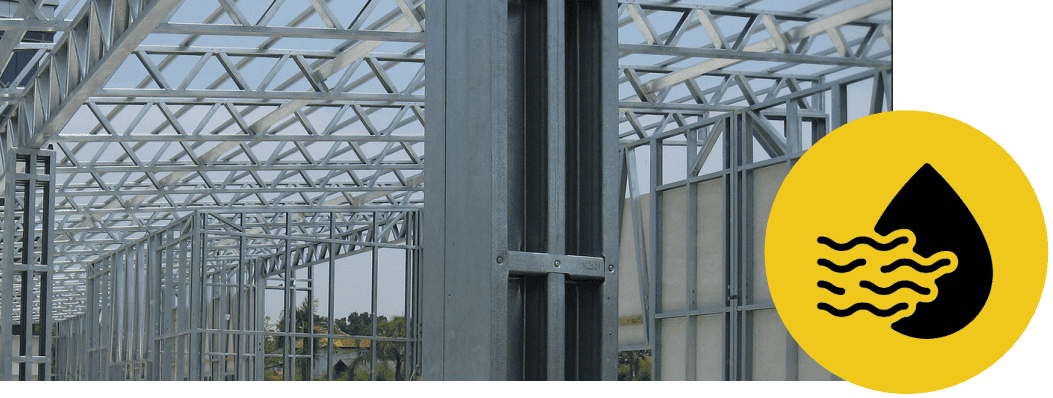
- Preventing exposure to susceptible materials during a flood or even under normal conditions in some areas is critical to preventing mold, mildew, and structural deterioration.
- Steel is inorganic. It will not function as a food source for mold. Further, steel is dimensionally stable in a moist environment. Walls and floors remain plumb and level in a wet environment.
- Ventilation is efficiently built into a steel-framed design, and energy efficiency is maintained or increased due to steel’s inorganic properties.
- Steel is dimensionally stable and does not expand or contract with changes in moisture content. Steel will not warp, split, crack or creep when exposed to the elements.
Reference- 2021, SFIA Quarterly Market Data and Non-residential Volume Reports for Cold-Formed Steel
https://sfia.memberclicks.net/durability#:~:text=With%20the%20proper%20coating%20and,near%20aggressive%20salt%2Dladen%20waters
8. Fire resistant
- Steel is one of the inherently Non-combustible Materials for construction, which improves the fire performance of mid/high-rise buildings.
- By adopting Steel, the structure type changes from Category V to Category III. Hence, the fire water demand reduces, eliminating the requirement for additional fire water tanks to be constructed.
Building Construction Types: Fire Resistance Ratings
Type I- Fire Resistive
Type II- Non-combustible or protected Non-combustible
Type III- Ordinary (Exterior protected)
Type IV- Heavy timber (Older buildings made from thick lumber)
Type V- Wood framing (Modern buildings with combustible framing and roofs)

Reference- National Fire Protection Association:
https://www.nfpa.org/News-and-Research/Publications-and-media/Blogs-Landing-Page/NFPA-Today/Blog-Posts/2021/02/19/Construction-Types-andMaterial-Combustibility?icid=W467
9. Earthquake Resistance
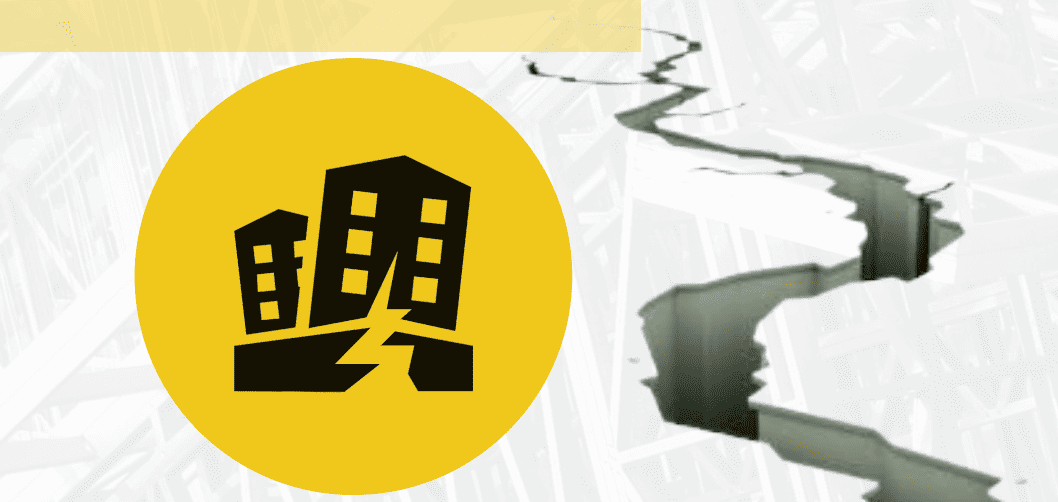
The Northridge Earthquake, measuring 6.7 on the Richter scale, affected the Los Angeles area and caused widespread damage. And there were ‘No Steel Building’ collapses during the Earthquake.
- Metal studs greatly increase strength and make steel structures more resilient to high winds, earthquakes, and natural disasters.
- According to the World Steel Association, ductile buildings are safer as they dissipate energy from seismic waves. They can undergo plastic deformations without complete structural failure during an earthquake.
- The law of inertia states that seismic waves will exert less force on a building that is lighter in weight, which makes it important, for buildings, to be made of light and flexible materials such as steel that can ‘bend’ with the movement of earthquakes. On average, steel buildings are 60 to 70 percent lighter and 10 times stronger than other buildings.
Reference- Rhino Steel Building Systems: https://www.rhinobldg.com/steel-buildings-in-earthquakes
10. Termite Resistance
Each year, damages of around $5 billion are incurred due to termite infestations in the United States and represent a significant threat to the long-term resilience of building throughout most of the US, particularly in warmer climates.
- Steel prevents destruction caused by vermin, the need for chemical treatments that can pose health hazards, and the cost of pest control. It can resist termites in nearly any climate or building type.
- Steel framing helps to ensure a strong, very long-lasting final product that prevents termites from weakening a building’s overall structure. Also, it is not prone to any of the drawbacks of timber, including wet or dry rot, warping, or burning.
- The International Residential Code (IRC) suggests that steel is a recommended termite resistant alternative to wood for construction, as it promises a ‘healthier’ building with no chemical termite control needed.

Reference- Framecad: https://blog.framecad.com/blog/cold-formed-steel-termite-proof-